Product Consultation
Your email address will not be published. Required fields are marked *
Nylon mother yarn is a key raw material in the textile industry, often used as a base for producing finer yarns through splitting or drawing processes. It is commonly utilized in applications such as hosiery, sportswear, home textiles, and industrial fabrics. The quality of nylon mother yarn is strongly influenced by two important factors: color difference control and batch stability. Both aspects play a vital role in ensuring that downstream products have consistent appearance, performance, and compatibility with other materials. Manufacturers, processors, and end-users place significant emphasis on these properties because they directly affect production efficiency and product acceptance in competitive markets.
Color difference refers to the visible variation in shade or hue when comparing two yarn batches or even within a single batch. For nylon mother yarn, this variation can occur due to differences in dye absorption, polymer quality, or processing conditions. Consistent color is critical in textiles because even minor differences become noticeable once fabrics are dyed, knitted, or woven. Without effective color difference control, fabrics made from nylon mother yarn can exhibit mismatched tones, leading to aesthetic and functional issues. Effective color consistency not only ensures a uniform appearance but also reduces waste and minimizes production adjustments in downstream processes.
Batch stability in nylon mother yarn refers to the consistency of properties such as denier, tensile strength, elongation, and dyeing behavior across multiple production runs. Inconsistent batches can result in variations in fabric performance, causing difficulties in knitting, weaving, or dyeing. Stability is particularly important for large-scale production, where different lots of yarn may need to be blended or used interchangeably. When batch stability is guaranteed, manufacturers can achieve smoother production flows, predictable processing outcomes, and reduced quality control rejections. For textile converters and apparel brands, stable batches mean better reliability and fewer disruptions in their supply chains.
Several factors contribute to color difference in nylon mother yarn. These include raw material purity, polymerization process control, spin pack cleanliness, spinning temperature uniformity, and environmental conditions during production. Even small fluctuations in processing temperature or moisture content can lead to uneven dye uptake. Dyeing auxiliaries and finishing chemicals also play a role in how consistently the yarn absorbs color. To minimize these issues, manufacturers employ advanced color measurement systems and adopt standardized procedures. Consistent monitoring and calibration ensure that variations remain within acceptable tolerances for end-use applications.
Batch stability depends on raw material consistency, equipment precision, and process management. For nylon mother yarn, polymer viscosity, molecular weight distribution, and additives must remain uniform across batches. Additionally, machine calibration, spinneret maintenance, and temperature control affect yarn uniformity. Stable batches are achieved by maintaining strict process control and employing statistical quality monitoring methods. Automation and data-driven feedback loops are also widely used to detect deviations early and correct them before they affect entire production lots.
Color difference is measured using spectrophotometers and colorimeters, which quantify deviations in color based on parameters such as ΔE values in CIELAB color space. These instruments allow manufacturers to compare yarn batches objectively rather than relying solely on visual assessment. Consistent testing during both yarn production and fabric dyeing ensures early detection of variations. Acceptable tolerance ranges for ΔE values are often defined by customer requirements or industry standards. By establishing these tolerances, manufacturers can align production with end-user expectations while minimizing disputes over quality consistency.
Batch stability in nylon mother yarn is assessed using tensile testing machines, elongation measurement devices, and denier variation analysis. Regular sampling of yarn from different production lots ensures that deviations are detected promptly. Statistical methods such as standard deviation and coefficient of variation are used to evaluate the uniformity of mechanical and physical properties. Additionally, dyeing tests may be conducted to confirm that color uptake remains consistent across different batches. These quality control practices form the foundation of batch stability assurance in large-scale manufacturing environments.
Textile industry standards provide guidelines for acceptable levels of color difference and batch variation. Organizations such as ISO and ASTM define testing protocols for evaluating yarn uniformity, color consistency, and physical performance. Manufacturers of nylon mother yarn often align their processes with these international standards to ensure compatibility with global markets. Compliance with standards not only enhances quality assurance but also provides credibility when supplying yarn to international buyers. This is especially important in applications such as sportswear and home textiles, where end-users expect uniform quality across different production lots.
Automation plays a significant role in controlling both color difference and batch stability. Modern production lines are equipped with automated monitoring systems that track key parameters such as temperature, pressure, and polymer viscosity in real time. These systems use feedback mechanisms to adjust process variables automatically, minimizing fluctuations that could lead to inconsistency. Automated color measurement tools integrated into production lines can detect deviations instantly, reducing the need for manual inspection. The adoption of Industry 4.0 technologies further enhances this process by enabling predictive analysis and preventive maintenance for consistent outcomes.
The effectiveness of color difference control and batch stability assurance often depends on whether a manufacturer relies on manual or automated systems. Manual systems rely on operator skill and periodic checks, while automated systems provide continuous monitoring and adjustment. The following table compares the two approaches:
| Aspect | Manual Control | Automated Control |
|---|---|---|
| Inspection Frequency | Periodic, operator-dependent | Continuous, machine-driven |
| Error Detection | Reactive, after issues appear | Proactive, real-time adjustments |
| Labor Involvement | High, requires skilled operators | Low, operator oversight only |
| Consistency Level | Variable, dependent on operator | High, standardized processes |
| Cost Efficiency | Lower initial cost | Higher investment, long-term savings |
The quality of raw materials such as caprolactam or nylon chips directly affects both color difference control and batch stability. Impurities in raw materials can lead to unpredictable color behavior during dyeing and reduced uniformity in mechanical properties. Manufacturers that source high-purity materials from reliable suppliers are better positioned to achieve stable outcomes. In addition, consistent blending of additives, stabilizers, and finishing agents ensures that yarn batches perform uniformly in downstream processes. This highlights the importance of raw material selection as a foundation for color and batch stability assurance.
For textile manufacturers using nylon mother yarn, reliable color difference control and batch stability translate into reduced waste, higher efficiency, and improved product quality. When yarn batches are consistent, dye houses can minimize trial dyeing and shade correction, leading to shorter lead times and cost savings. Weaving and knitting operations also benefit, as machines can run continuously without adjustments for yarn inconsistencies. Overall, guaranteed color control and batch stability contribute to smoother production cycles, better customer satisfaction, and improved competitiveness in global markets.
Advances in digital technologies are shaping the future of color difference control and batch stability in nylon mother yarn. Artificial intelligence and machine learning algorithms are being used to predict deviations before they occur, based on historical data and process analytics. Digital twin models of production processes enable virtual testing of adjustments before applying them in real production. Sustainability considerations are also influencing this area, with manufacturers seeking to reduce waste caused by inconsistent batches and adopting greener dyeing processes that align with color stability goals. These future developments will further enhance the reliability of nylon mother yarn in diverse textile applications.
Nylon mother yarn quality depends heavily on effective control of color difference and batch stability. By using precise raw materials, advanced testing methods, and automated monitoring systems, manufacturers can ensure consistency in both appearance and performance. Industry standards provide benchmarks that guide acceptable variation levels, while automation and data analytics improve predictive control. The combination of these practices reduces risks in textile production, enhances efficiency, and ensures that end-users receive products with reliable and uniform characteristics across different production lots.
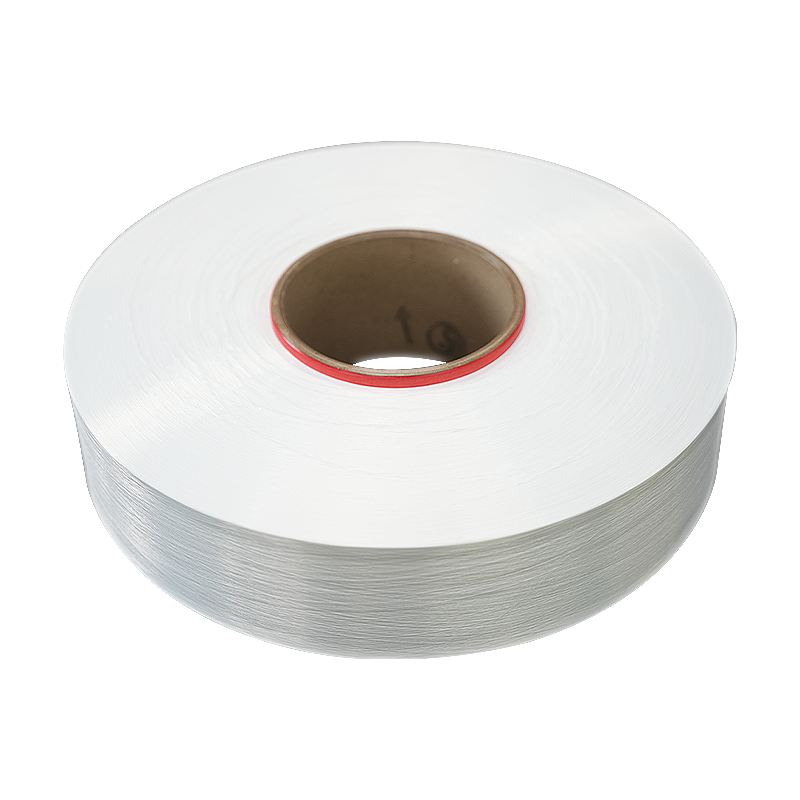
How does the production process of bi-component FDY yarn compare to that of single-component FDY?
2025-10-09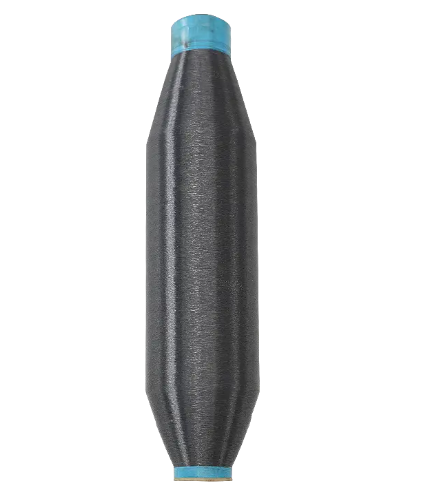
How to ensure the uniformity and strength stability of nylon multifilament yarn during the production process?
2025-10-22Your email address will not be published. Required fields are marked *
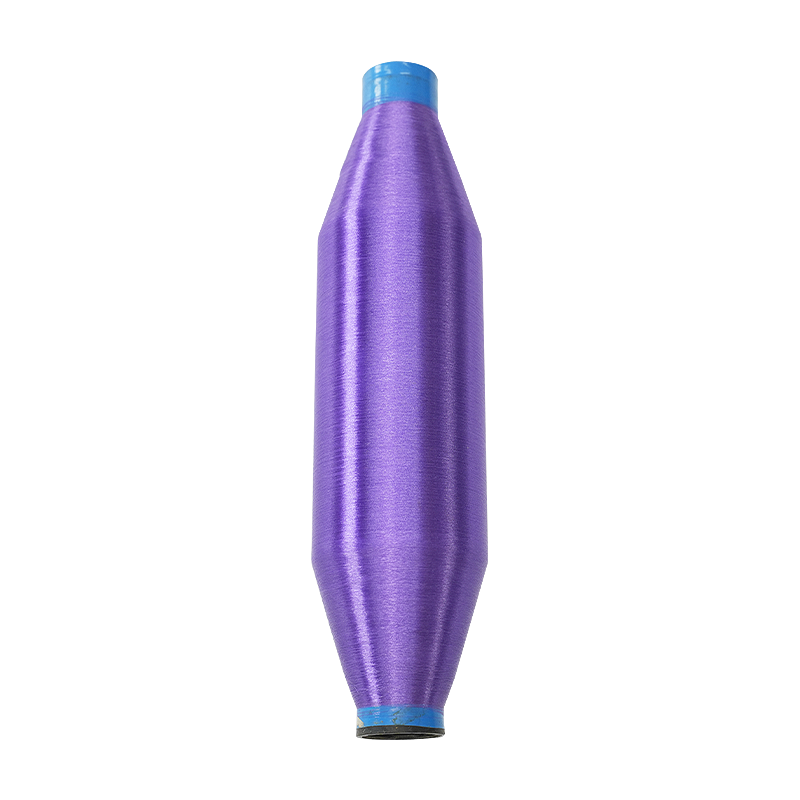
Single Strand Biodegradable Yarn is a single-strand structure, consisting of a single fiber bundle with no multiple strands tangled together. This structure makes the yarn softer, and smoother and exh...
See Details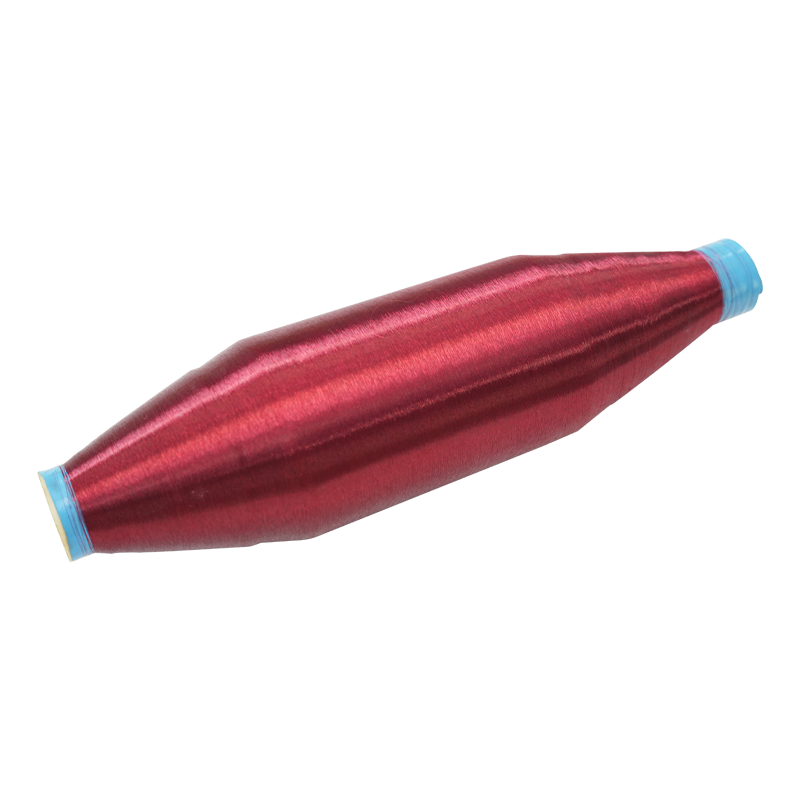
Antiviral nylon Monofilament Yarn can inhibit the survival of viruses on the surface of the yarn, which can effectively reduce the risk of virus transmission and improve user safety. The yarn has a mo...
See Details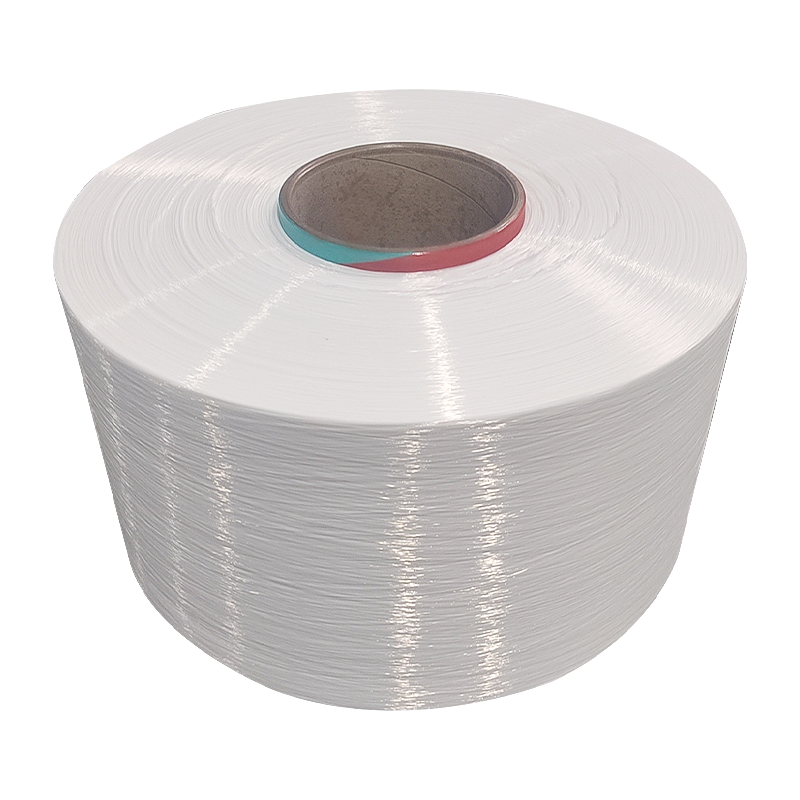
300D Nylon Mother Yarn is made of nylon material, a synthetic fiber with abrasion resistance, strength and durability. It is therefore suitable for manufacturing various types of textiles, such as clo...
See Details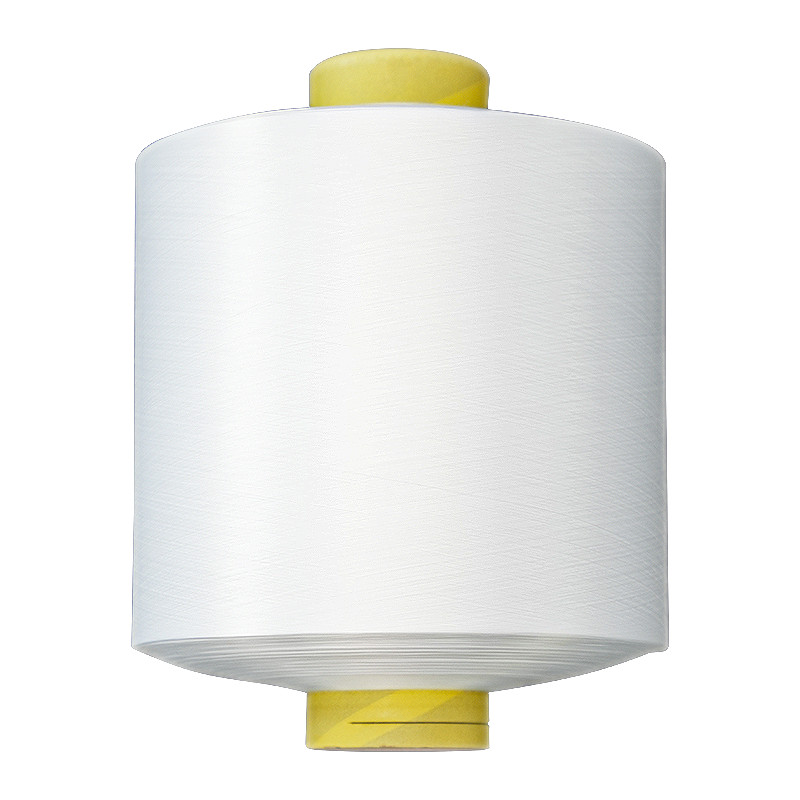
Nylon stretch sportswear yarn is a yarn used to make sportswear and other clothing that require high breathability. Nylon fiber has good breathability, which helps to wick away perspiration and keep t...
See Details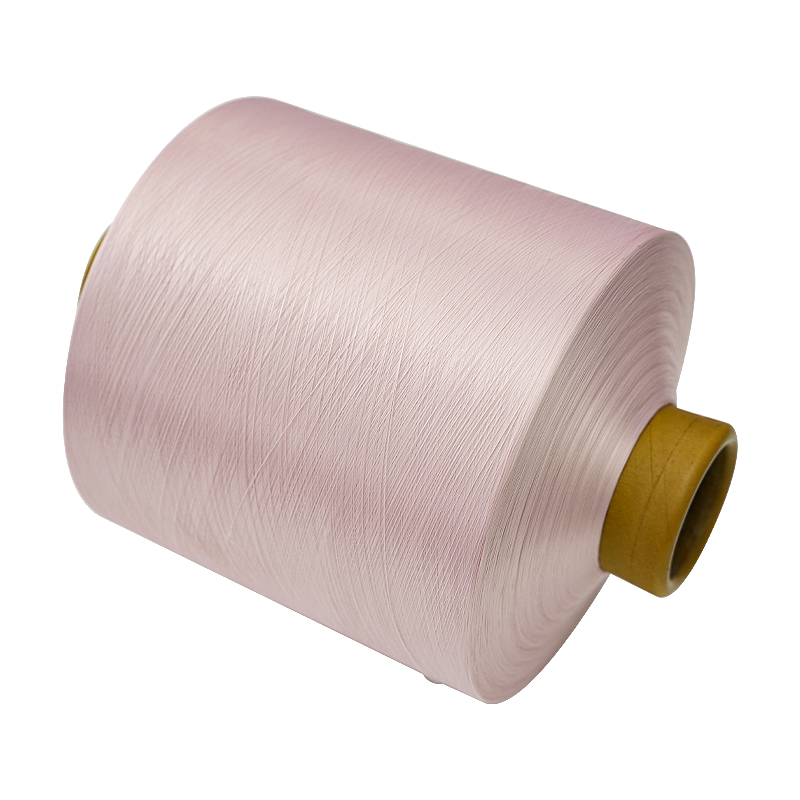
Fabrics made using Nylon elastic yarn for Weaving are lightweight, soft, comfortable and breathable, making them suitable for long-term wear. Made of high-quality nylon material with wear resistance, ...
See Details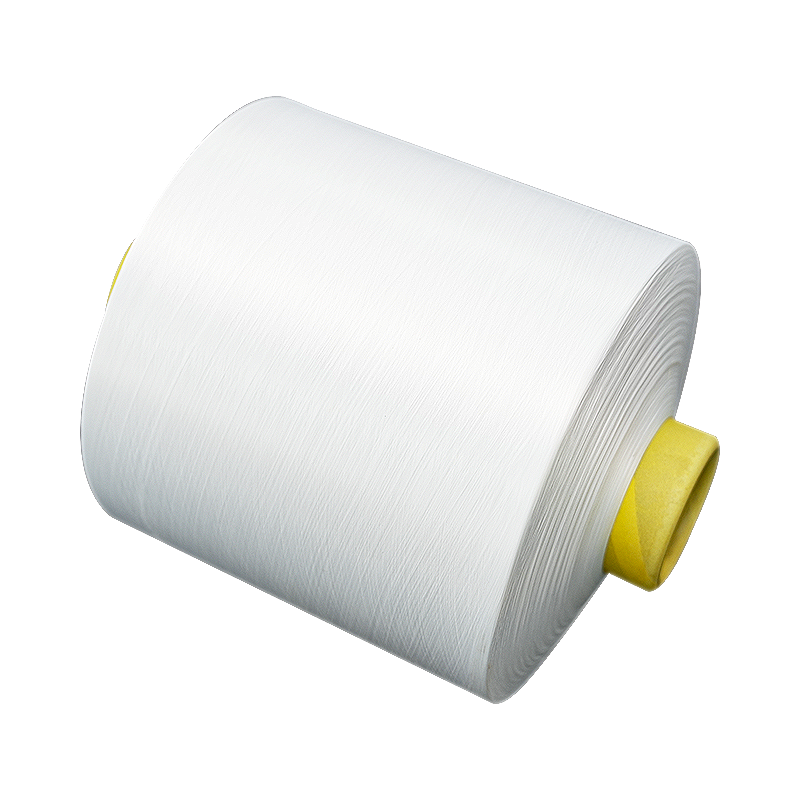
100D Nylon Elastic Yarn has a moderate thickness and good dyeing properties, which can achieve uniform and durable dyeing effects, making textiles bright and long-lasting in color. A yarn frequently u...
See Details
Nylon composite yarn has high strength and toughness. Textiles made with Nylon composite yarn have good stretch resistance and tear resistance. This yarn has a wide range of applications and can be us...
See Details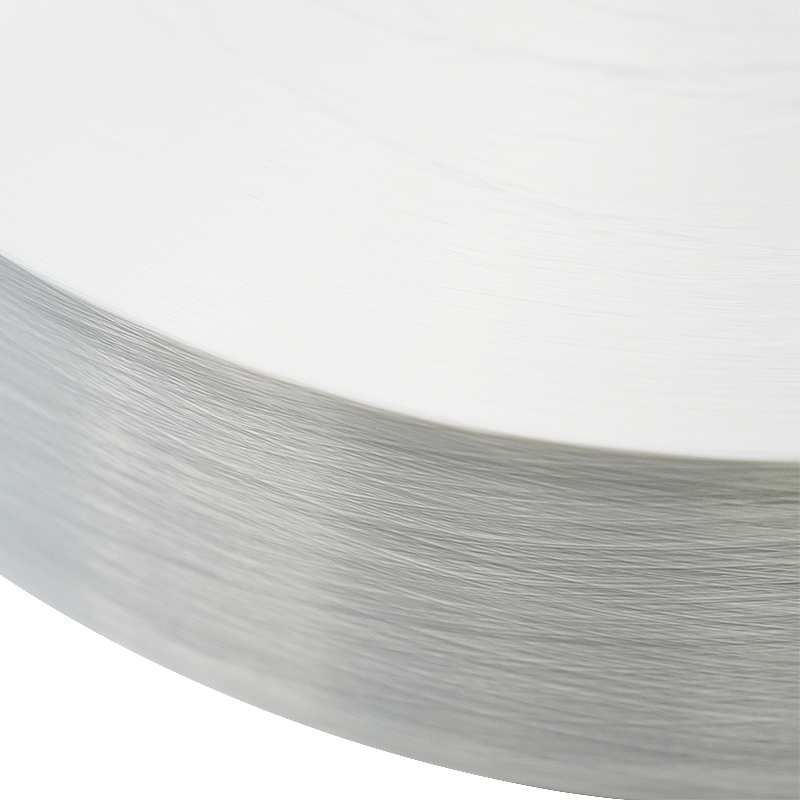
210D Polyester Nylon Composite FDY yarn is a composite fiber yarn. FDY is a mixture of polyester and nylon fibers. It combines the advantages of the two fibers, the abrasion resistance of polyester an...
See Details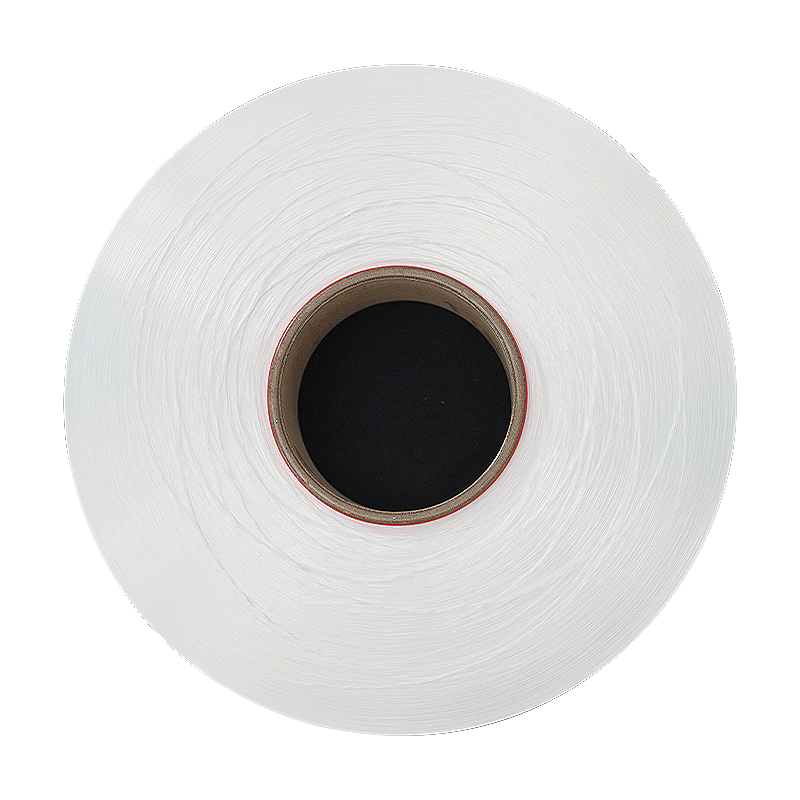
140D Durable low-melt FDY yarn is suitable for the manufacture of various textiles, especially for the preparation of composite fabrics, such as polyester-cotton blended fabrics or elastic fabrics. Th...
See Details
Composite woven FDY yarn mixes different types of fibers and has good wear resistance. The fabric made is not easy to wear and is suitable for long-term use. Composite woven FDY yarn has a wide range ...
See Details
Composite fiber yarn for textile use consists of 48 monofilaments. Relatively thin and composed of multiple filaments, it adds softness and texture to the fabric. This product is suitable for the manu...
See Details
The fibers of 210D water-repellent yarn are relatively thick, making the yarn highly wear-resistant and durable, making it suitable for long-term use. Composite fiber enables yarn to have the advantag...
See DetailsAddress: Duntou industrial park, haian county, nantong city,jiangsu province ,China.
TEL: +86 15850491859
E-mail: sales-betty@hsnylon.com
If You Are Interested In Our Products, Please Consult Us